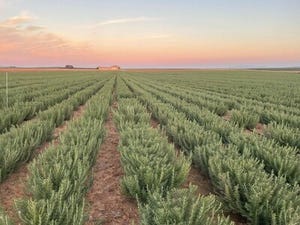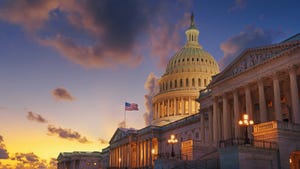NRCS, Forest Service continues wildfire partnership
Undersecretary announces 15 restoration projects and a $37m investment.
February 20, 2015

The U.S. Department of Agriculture announced Feb. 19 nearly $37 million in investments to mitigate wildfire threats to landowners and communities. This is the second year of a partnership between the U.S. Forest Service and the Natural Resources Conservation Service (NRCS) to help improve the health and resiliency of forest ecosystems where public and private lands meet.
Joined by partners at an event in Idaho, undersecretary for natural resources and environment Robert Bonnie unveiled the 15 Chiefs' Joint Landscape Restoration Partnership projects for 2015. Located across the country from Washington to Vermont and Arizona to Ohio, NRCS and Forest Service will invest $10 million in new projects to improve conditions on public and private lands.
One new project is in the Upper North Fork region near Gibbonsville, Ida., designed to reduce the risk of catastrophic wildfire to communities along a portion of the Highway 93 corridor.
Bonnie noted that in some cases these new projects build on last year's efforts. The partnership made investments in 2014 that will result in conservation improvements to more than 266,000 acres. NRCS and Forest Service will provide an additional $27 million to continue work on 2014 projects.
In addition to NRCS and Forest Service investments, partners are contributing more than $5 million in the 2015 projects over three years in financial, technical and in-kind services. These 15 new projects, coupled with the 13 announced last year, will help mitigate wildfire threats to communities and landowners, protect water quality and supply, and improve wildlife habitat for at-risk species in high priority landscapes across the U.S.
"Strategic investments across landscapes help create resilient forests, grasslands and watersheds while sustaining communities," said Forest Service chief Tom Tidwell. "Treating lands to reduce wildfire threats is a smart investment that will protect vast areas of land and potentially save of millions of taxpayer dollars."
You May Also Like



